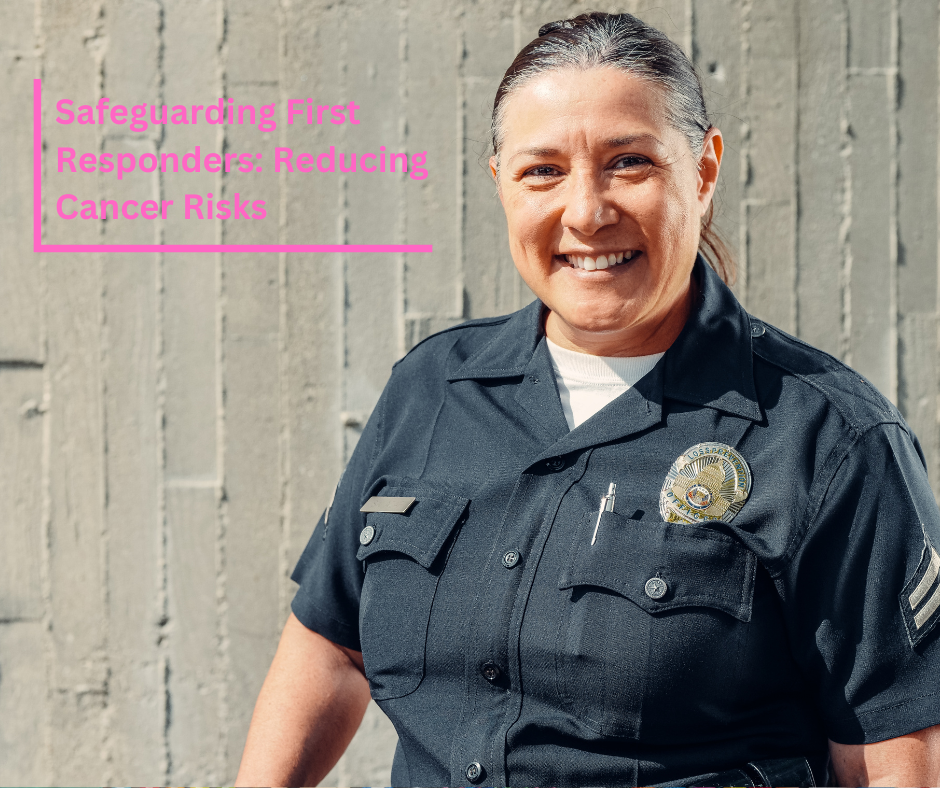Safeguarding First Responders: Reducing Cancer Risks Through Prevention
First responders face heightened cancer risks, including breast cancer, due to prolonged exposure to toxic chemicals, smoke, and hazardous materials. Studies show that firefighters, EMTs, and law enforcement personnel experience significantly higher rates of cancer compared to the general population. This is largely due to the frequent exposure to carcinogens in high-stress environments, which compromises their long-term health.
To reduce these risks, first responders can take several preventive measures:
1. Decontamination Procedures: Rigorous cleaning of equipment and personal protective gear after each incident can minimize exposure to harmful substances. Immediate showering and changing out of contaminated uniforms can also help remove toxins.
2. Routine Medical Screenings: Regular health screenings, especially for cancer, are crucial for early detection and intervention. This includes mammograms for female first responders to detect breast cancer early.
3. Healthy Lifestyle Choices: Maintaining a healthy diet, regular exercise, and managing stress are essential steps in reducing overall cancer risk.
How SmartProtect Can Help:
SmartProtect’s predictive analytics can play a vital role in safeguarding the health of first responders by optimizing staffing and reducing overexposure to harmful environments. By analyzing patterns such as frequency and type of exposure, work hours, and stress levels, SmartProtect can anticipate when personnel may be at greater risk for long-term health issues, including cancer. Agencies can then adjust staffing to ensure individuals have sufficient recovery time, reducing the cumulative exposure to carcinogens.
With this data-driven approach, SmartProtect can assist agencies in implementing health-focused strategies that prioritize both short-term performance and long-term wellness for first responders, fostering a safer and more sustainable work environment.
In summary, by integrating predictive technology and best practices, we can collectively support the well-being of first responders and significantly lower their cancer risks.


